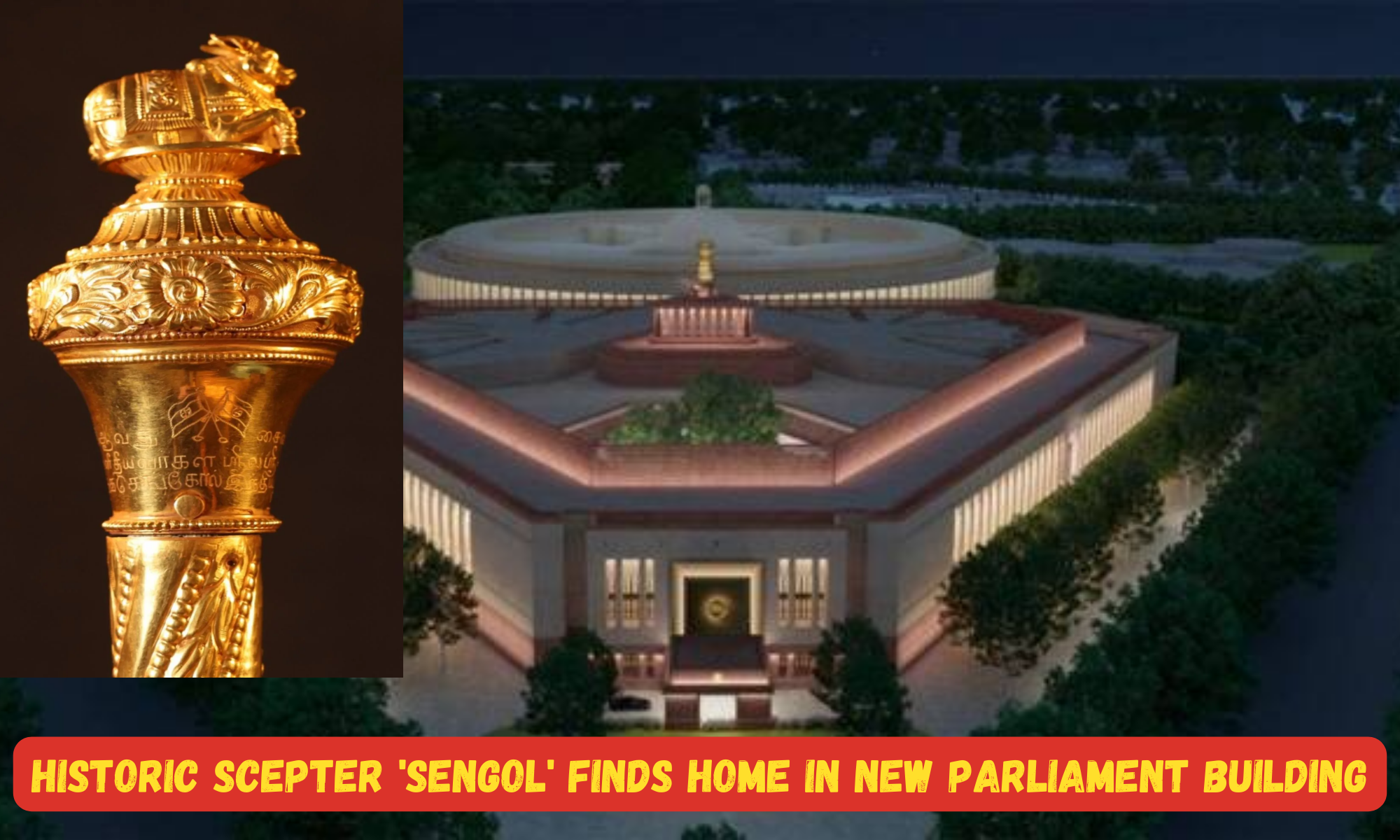Historic Scepter ‘Sengol’ Finds Home in New Parliament Building
The upcoming inauguration of the new parliament building will feature an important addition, as Prime Minister Narendra Modi will place a significant golden sceptre near the Speaker’s seat, announced Union Home Minister Amit Shah.
Buy Prime Test Series for all Banking, SSC, Insurance & other exams
According to Mr. Shah, this sceptre holds historical significance as it was originally presented to India’s first Prime Minister, Jawaharlal Nehru, symbolizing the transfer of power from the British to the Indian people. The Home Minister explained that the sceptre, known as “sengol,” derives from the Tamil word “semmai,” meaning “righteousness.”
About Historic Scepter ‘Sengol’
- The origins of the sengol can be traced back to a series of events that began with a question posed by Lord Mountbatten, the last Viceroy of British India, to Prime Minister Nehru.
- Historical accounts and news reports reveal that Mountbatten inquired about the symbol that would commemorate the transfer of power upon India’s independence.
- In response, Prime Minister Nehru consulted C Rajagopalachari, the last Governor General of India, for advice.
- Rajagopalachari, also known as Rajaji, informed Nehru about the Tamil tradition of the high priest presenting a sceptre to a new king upon assuming power.
- He mentioned that this practice was followed during the Chola dynasty and suggested that it could symbolize India’s liberation from British rule. Rajaji took on the responsibility of procuring a sceptre for this historic moment.
- Tasked with the challenge of arranging the sceptre, Rajaji contacted the Thiruvaduthurai Atheenam, a prominent religious institution in present-day Tamil Nadu.
- The head of the institution at that time accepted the responsibility.
- The sengol was crafted by Vummidi Bangaru Chetty, a jeweler in the former Madras.
- It stands at a height of five feet and features a ‘nandi’ bull atop it, representing justice.
As per reports, a senior priest from the institution initially presented the sceptre to Lord Mountbatten before retrieving it. It was then ritually purified with gangajal (holy water from the Ganges) and carried in a procession to Prime Minister Nehru, who received it approximately 15 minutes before midnight, signifying the moment of India’s independence. A special song was composed and performed during the handover of the sceptre to Nehru.
Historic Scepter ‘Sengol’ in New Parliament Building
Highlighting the lesser-known history and significance of the sengol, the Home Minister emphasized that its inclusion in the new parliament aimed to bridge cultural traditions with modernity. Mr. Shah commended Prime Minister Modi’s foresight in proposing the installation of the sengol, which will be relocated from its current display at a museum in Allahabad to its new residence within the parliament building.
Addressing questions from the media, Mr. Shah stressed that the sengol should not be associated with politics. He expressed the desire for the administration to be guided by the rule of law, with the sceptre serving as a constant reminder of this principle. The installation of the sceptre in parliament sheds light on a forgotten chapter of history.
Also Read: PM Modi inaugurates International Museum Expo 2023




 Weekly One Liners 15th to 21st of Decemb...
Weekly One Liners 15th to 21st of Decemb...
 World Basketball Day 2025 Celebrates Bas...
World Basketball Day 2025 Celebrates Bas...
 UN Celebrates Second World Meditation Da...
UN Celebrates Second World Meditation Da...







